This article was medically reviewed by Cristian Macau, DDS. Dr. Macau is an oral surgeon, periodontist, and aesthetician at Favero Dental Clinic in London. He received his DDS from Carol Davila University of Medicine in 2015.
There are 13 references cited in this article, which can be found at the bottom of the page.
This article has been viewed 211,063 times.
Experts agree that misaligned teeth are very common and can range in severity.[1] However, many people with crooked teeth still feel embarrassed, so it's totally normal to want to straighten out your smile. Fortunately, you may be able to get straighter teeth! Research suggests that straightening your teeth can also improve your dental health, help you bite and chew better, and change the way you speak.[2] You have several options for improving your smile, but the best place to start is your orthodontist's office.
Steps
Visiting an Orthodontist
-
1Go to the orthodontist. The orthodontist will be able to assess what problems you have and suggest what courses are available to you.
-
2Ask about all your options. You may need an inexpensive option, or maybe you want braces that nobody can see. Let your orthodontist know what you want and they can provide you with arguments the best option for your case.Advertisement
-
3Ask if braces are necessary. Your orthodontist can assess if your teeth are causing your problems or could in the future.
-
4Assess your options. If braces are not necessary for you, you may decide you don't need them, especially because they are so expensive.
Using a Retainer
-
1Use retainers for minor problems. Retainers can be used to fix problems like minor tooth gaps or a single crooked tooth. They're less expensive than other options, especially since you generally must wear a retainer after having braces removed anyway.[3]
- Retainers require a certain amount of attention and excellent oral hygiene because the metal wires scratch the enamel surface of your teeth, which can lead to tooth decay.
-
2Have your orthodontist fit a retainer for you. Your retainer is designed specifically for you because it has to accommodate your particular problem.
- During the process, the orthodontist will make a mold of your mouth with a thick substance called alginate. They will use the mold to make your retainer.[4]
-
3Adjust to the retainer. It may take you a couple of days to get used to the retainer, so don't be alarmed. It can affect your speech and cause you to produce more saliva. Try reading aloud to yourself to become accustomed to talking with the retainer.[5]
- If you experience moderate to severe pain or the retainer is cutting into your gums or pulling too hard on your teeth, contact your orthodontist.[6]
-
4Take out your retainer while eating and brushing your teeth. Removing your retainer makes both processes easier. You should also take it out if you play contact sports, as it can cause injury.
-
5
-
6Clean your retainer daily. Your retainer should come with instructions on how to clean it, but you can usually use mouthwash or denture cleaner to remove any build-up on it.[9]
-
7Don't stop wearing your retainer. Wear your retainer as long as your dentist recommends. You may need to wear it for years, depending on your teeth.[10] If you stop wearing it too early, your teeth will move back to the previous stage and you will need to repeat the process all over again.
Using Porcelain Veneers
-
1Use porcelain veneers to correct minor problems. Veneers essentially cover up problems with a porcelain or resin shell, rather than correcting them.[11]
- Veneers are stain-resistant (if porcelain) and look much like natural teeth.[12]
- It is suggested you get them after the age of 35, as this getting them at a younger age can affect the pulp in your teeth and decrease the longevity of the veneers.
-
2Ask your orthodontist if veneers are right for you. They are a simpler option than braces or retainers because the orthodontist will put them on you and leave them. You don't need to have them removed. They can also cover stains, chips, and gaps.[13]
- Veneers are permanent and can't be repaired. They're also more expensive than getting a crown, but they will definitely provide you the perfect "Hollywood" smile.[14]
- If you are practicing serious contact sports such as boxing or hockey, veneers may not be even an option. You will definitely need to protect your teeth with a mouthguard when playing these sports, regardless.
-
3Have your a cosmetic dentist put in veneers for you. A cosmetic dentist is the most appropriate dental specialist for this procedure. They will remove part of your enamel first, in essence to make room for the veneer. The dentist will already have created the veneer. He or she will examine how the veneer looks in place and then bond it to the tooth.[15]
- You will likely have a follow-up visit to check on placement, but if you notice a problem, such as cracking or misalignment, contact your dentist.[16]
-
4Brush your teeth like normal. Veneers don't need special attention, but you do need to floss and brush as you normally would.[17]
-
5Protect against grinding. Porcelain veneers can be broken, so if you grind your teeth, you may need to wear a guard at night.[18]
- You will also need to be very careful when biting hard food such as nuts, hard candy, baked bread, hard biscuits, etc.
-
6Replace in five to 10 years. Veneers do not last forever, and you will need to replace them within a decade.[19]
Fixing Teeth with Braces
-
1Use braces to correct major problems. Braces can correct crooked teeth, overbites, underbites, and crossbites, for example.
-
2Discuss your options with your orthodontist. He or she can let you know what the best type of braces are for your particular problem.
-
3Choose the braces you want. You have the options of visible, invisible, and nearly invisible braces.[20]
- Visible braces are the type of braces you probably think of when someone says "braces." These braces are brackets attached to the front of teeth and connected by metal wires. The brackets can be metal, plastic, or ceramic, and these braces are often cheaper than other types of braces. Visible braces are best for severe problems.[21]
- Nearly invisible braces are plastic trays that fit over your teeth. The main brand of this type of brace is Invisalign. Like retainers, you can take out these braces to eat, and they are are also not as painful as other braces. However, they don't work as well on severe problems, and you must wear them for at least 22 hours a day. These braces may be slightly more expensive than traditional braces.[22]
- Invisible braces attach behind the teeth, much as visible braces attach to the front of teeth. Each bracket is customized to your teeth, so it works faster; however, it can be difficult to adjust to these braces, such as making it harder to speak. Also, these are more expensive, as they are made from gold (this allows them to be customized to your teeth).[23]
-
4Have your orthodontist put in your choice. Remember, most orthodontists do provide financing, so if you cannot afford to pay for the procedure all at once, you can make payments. Alternatively, you may want to get dental insurance, which can cover part of the procedure, though usually not all of it. [24]
-
5Brush and floss your teeth and braces. If you have elastics, take them out before brushing. With traditional braces, you need to brush both your teeth and the braces themselves to remove plaque and food. Once clean, put the elastics back on.[25]
- Make sure you also floss and use an interdental toothbrush (with a bristle shaped like a pine tree), which allow you to clean around the brackets and between your teeth.
-
6Avoid certain foods. Especially with traditional bracket braces, you need to avoid foods, such as hard foods (nuts, hard candies, etc.) and sticky foods (caramel, gum, etc.). You also need to cut up hard fruits and vegetables into smaller pieces.These foods can harm or break your braces.[26] You should also avoid crunchy foods, such as chips, and acidic foods, such as sodas or vinegars.
- Since you can take invisible braces out to eat, these foods aren't as much of a problem, though acids on your teeth can still affect them.
-
7Visit the orthodontist on a regular schedule. The orthodontist will adjust the braces as you go and be on the lookout for any problems.
-
8Have them removed. How long your braces are on depends on the severity of the problem. You'll be fitted for a retainer after having your braces removed.
-
9Wear your retainer. After your braces are removed, you must wear a retainer to help keep your teeth in line.[27]
- The advice in the past was you needed to wear a retainer for a year after having braces, but now the advice is you may need to wear a retainer for much longer, though you may only wear it at night.[28]
Preventing Crooked Teeth
-
1Brush regularly. Gingivitis can lead to crooked teeth, which is generally caused by not taking proper care of your teeth.[29] You should brush at least twice a day.[30]
- Often crooked teeth are caused by genetic problems and cannot be prevented.
- If gingivitis gets more serious and it is not treated, it will lead to periodontitis, which makes teeth change their position and become loose.
-
2
-
3Visit the dentist regularly. Not only does visiting the dentist help prevent gingivitis, he or she will recognize if you have problems that could lead to crooked teeth.[32]
-
4
Expert Q&A
Did you know you can get expert answers for this article?
Unlock expert answers by supporting wikiHow
-
QuestionFor how many months will I need to wear braces?
 Cristian Macau, DDSDr. Macau is an oral surgeon, periodontist, and aesthetician at Favero Dental Clinic in London. He received his DDS from Carol Davila University of Medicine in 2015.
Cristian Macau, DDSDr. Macau is an oral surgeon, periodontist, and aesthetician at Favero Dental Clinic in London. He received his DDS from Carol Davila University of Medicine in 2015.
Doctor of Dental Surgery Wearing braces usually takes between one to two years but in some cases where anomalies are involved the period can expand even to five years. But that is the case where surgery is also involved to correct bone development. Invisible braces like Invisalign will also take more time than the visible ones
Wearing braces usually takes between one to two years but in some cases where anomalies are involved the period can expand even to five years. But that is the case where surgery is also involved to correct bone development. Invisible braces like Invisalign will also take more time than the visible ones -
QuestionIs there a way to stop my teeth from growing in front of one another without having to go to the dentist?
 Cristian Macau, DDSDr. Macau is an oral surgeon, periodontist, and aesthetician at Favero Dental Clinic in London. He received his DDS from Carol Davila University of Medicine in 2015.
Cristian Macau, DDSDr. Macau is an oral surgeon, periodontist, and aesthetician at Favero Dental Clinic in London. He received his DDS from Carol Davila University of Medicine in 2015.
Doctor of Dental Surgery
Warnings
- Do not take your retainer off for long periods of time; you might need braces again from shifting.⧼thumbs_response⧽
References
- ↑ https://medlineplus.gov/ency/article/001058.htm
- ↑ https://www.mayoclinic.org/tests-procedures/braces/about/pac-20384607
- ↑ http://kidshealth.org/kid/feel_better/things/retainers.html
- ↑ http://kidshealth.org/kid/feel_better/things/retainers.html#
- ↑ http://kidshealth.org/kid/feel_better/things/retainers.html#
- ↑ http://kidshealth.org/kid/feel_better/things/retainers.html#
- ↑ http://kidshealth.org/kid/feel_better/things/retainers.html#
- ↑ http://kidshealth.org/kid/feel_better/things/retainers.html#
- ↑ http://kidshealth.org/kid/feel_better/things/retainers.html#
- ↑ http://www.webmd.com/oral-health/features/straight-talk-about-braces-for-adults?page=3
- ↑ http://www.webmd.com/oral-health/guide/veneers.
- ↑ http://www.webmd.com/oral-health/guide/veneers?page=3
- ↑ http://www.webmd.com/oral-health/guide/veneers.
- ↑ http://www.webmd.com/oral-health/guide/veneers?page=3
- ↑ http://www.webmd.com/oral-health/guide/veneers?page=2
- ↑ http://www.webmd.com/oral-health/guide/veneers?page=2
- ↑ http://www.webmd.com/oral-health/guide/veneers?page=3
- ↑ http://www.webmd.com/oral-health/guide/veneers?page=3
- ↑ http://www.webmd.com/oral-health/guide/veneers?page=3
- ↑ http://www.washingtonian.com/blogs/wellbeing/health/options-for-fixing-crooked-teeth-as-an-adult.php
- ↑ http://www.washingtonian.com/blogs/wellbeing/health/options-for-fixing-crooked-teeth-as-an-adult.php
- ↑ http://www.washingtonian.com/blogs/wellbeing/health/options-for-fixing-crooked-teeth-as-an-adult.php
- ↑ http://www.washingtonian.com/blogs/wellbeing/health/options-for-fixing-crooked-teeth-as-an-adult.php
- ↑ https://www.humana.com/learning-center/health-and-wellbeing/healthy-living/dental-braces
- ↑ http://www.colgateprofessional.com/patient-education/articles/protecting-your-healthy-smile-while-wearing-braces
- ↑ http://www.colgateprofessional.com/patient-education/articles/protecting-your-healthy-smile-while-wearing-braces
- ↑ http://kidshealth.org/kid/feel_better/things/retainers.html
- ↑ http://www.webmd.com/oral-health/features/straight-talk-about-braces-for-adults?page=3
- ↑ http://www.medicinenet.com/script/main/art.asp?articlekey=43113
- ↑ http://www.mayoclinic.org/diseases-conditions/gingivitis/basics/definition/con-20021422
- ↑ http://www.mayoclinic.org/diseases-conditions/gingivitis/basics/definition/con-20021422
- ↑ http://www.mayoclinic.org/diseases-conditions/gingivitis/basics/definition/con-20021422
- ↑ http://www.medicinenet.com/script/main/art.asp?articlekey=43113
- ↑ http://www.medicinenet.com/script/main/art.asp?articlekey=43113
About This Article
If you want to fix your crooked teeth, first go to the orthodontist to discuss which treatment options will be best for you. For example, if you have minor tooth gaps or just 1 crooked tooth, you may want to get a retainer to straighten your teeth. Another way to fix crooked teeth is to get Invisible braces, which are plastic trays that you wear over your teeth to fix minor tooth problems. Alternatively, if you have major teeth problems, you may want to consider getting visible braces, which an orthodontist will secure to your teeth for a period of time. Besides fixing your crooked teeth, you could get porcelain veneers, which simply cover the crooked teeth to give you a straighter-looking smile. To learn how to prevent crooked teeth, read more from our Dental co-author.
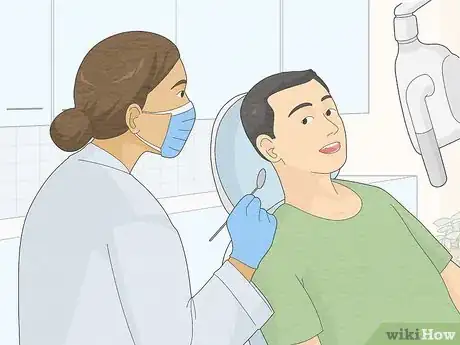
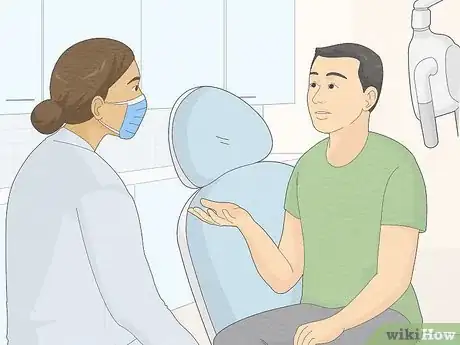
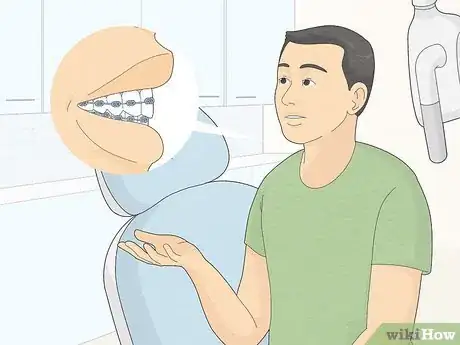
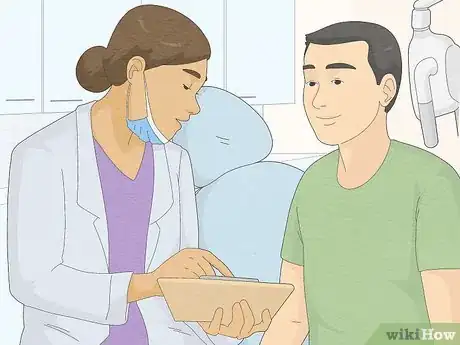
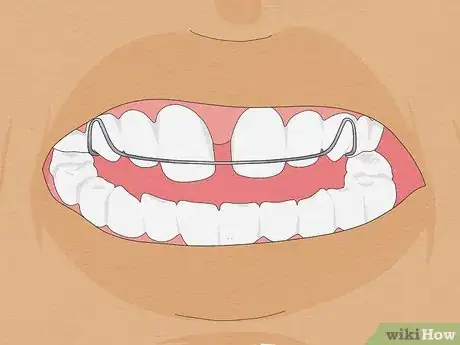
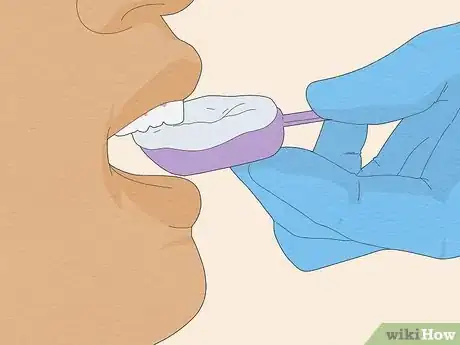
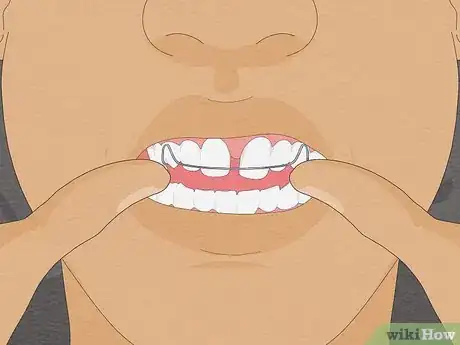
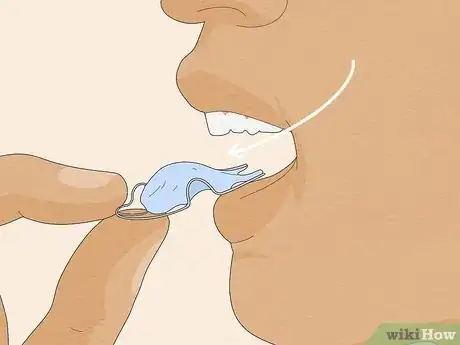
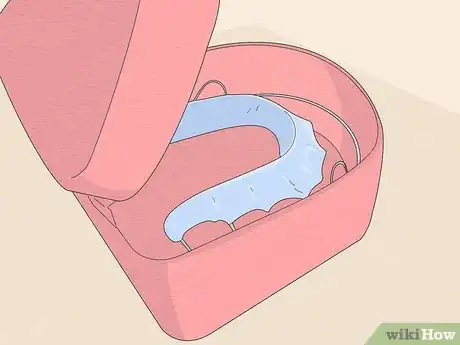
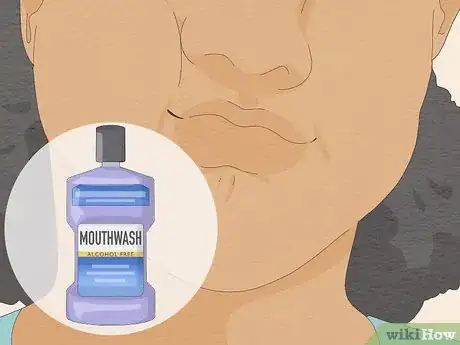
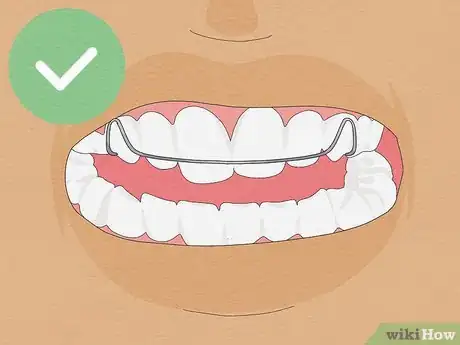
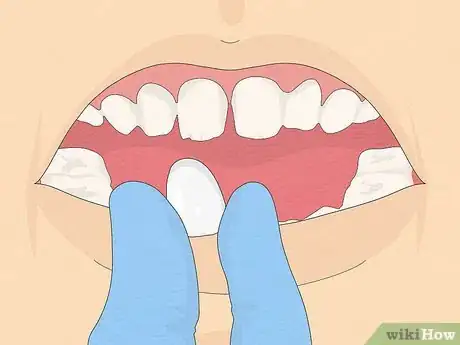
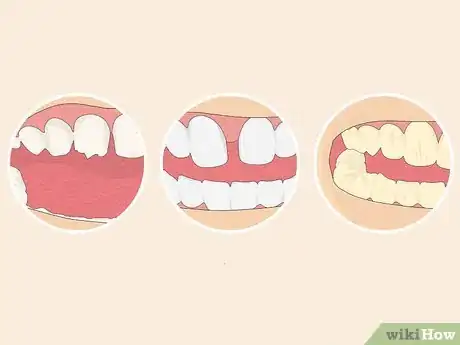
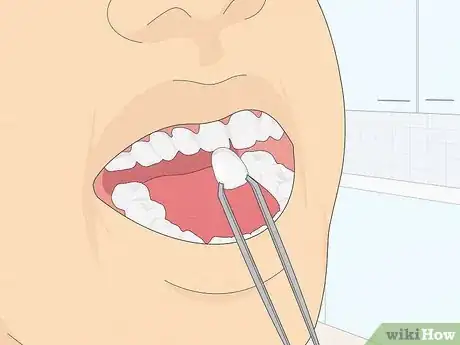
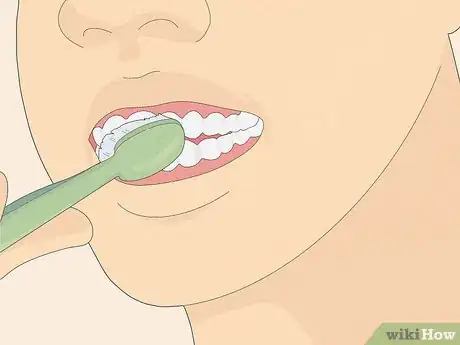
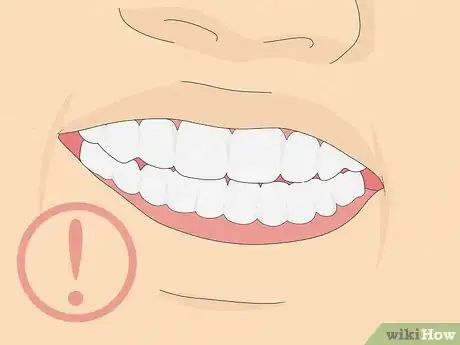
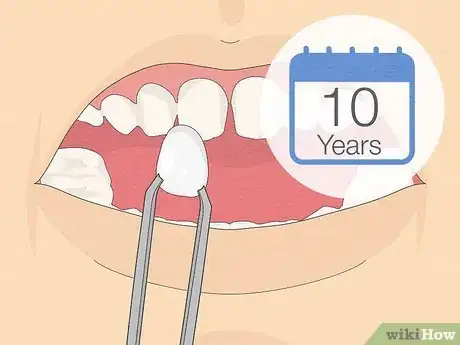
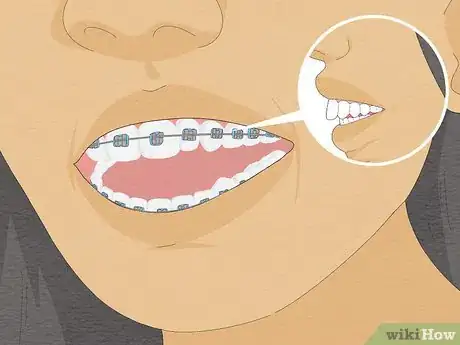
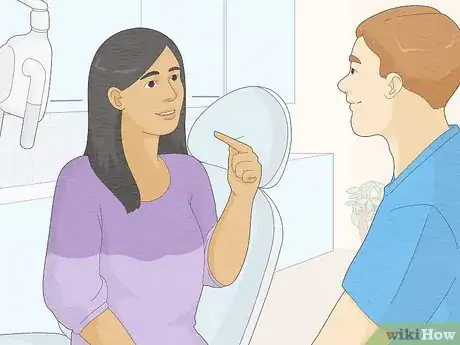
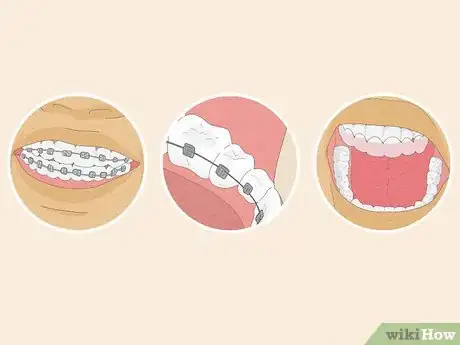
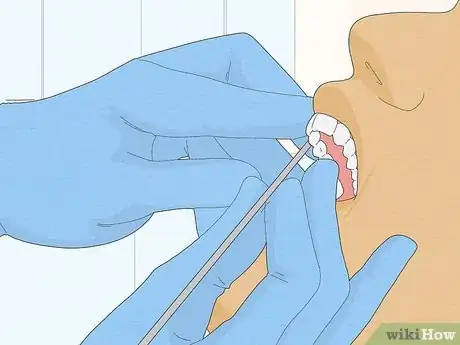
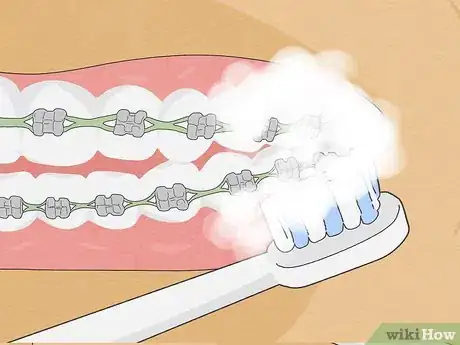
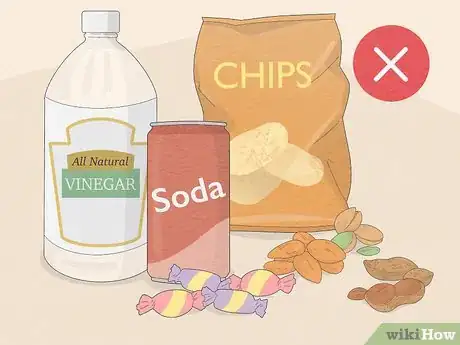
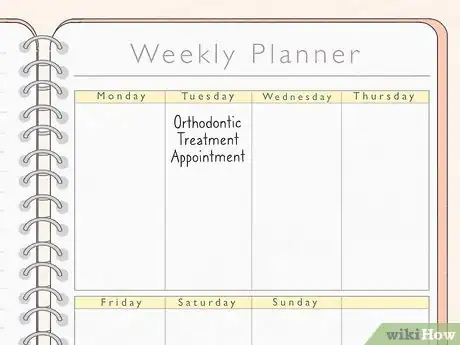
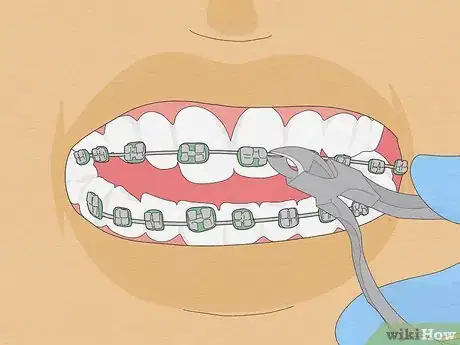
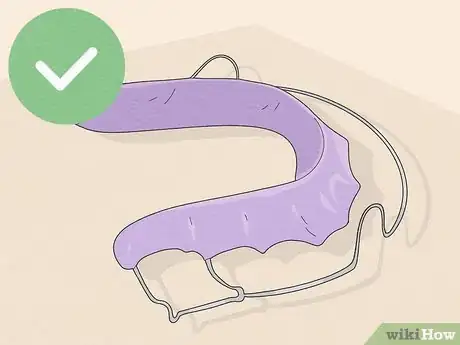
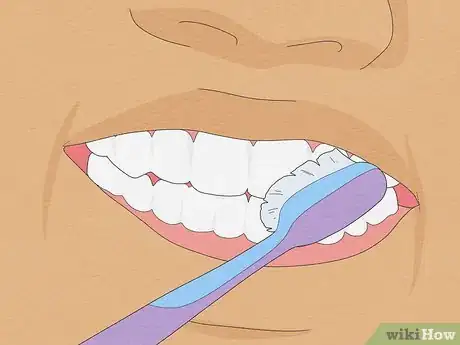
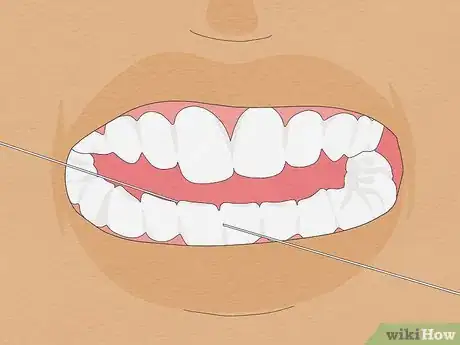
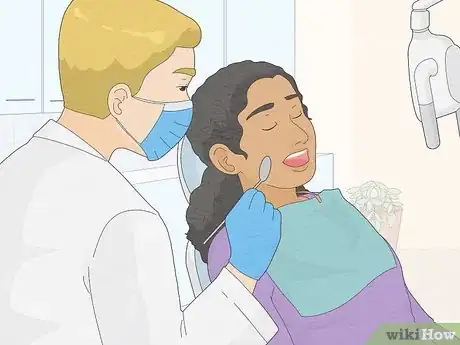
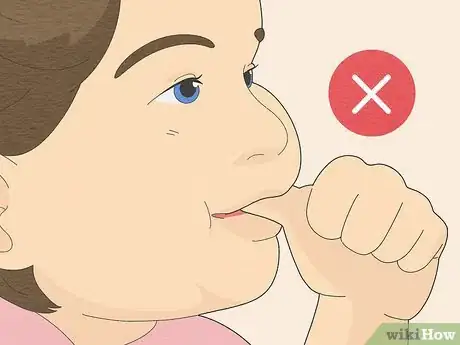
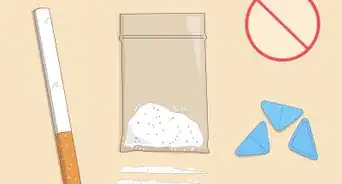


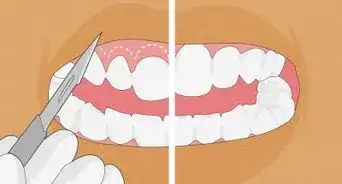
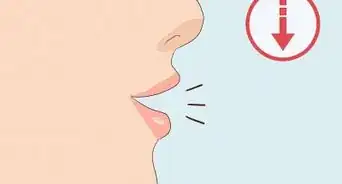
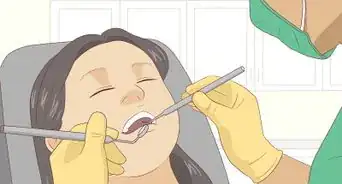
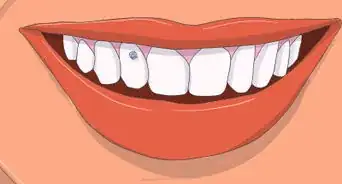
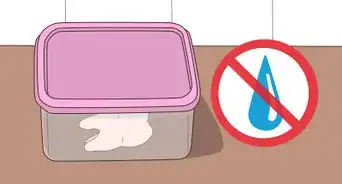
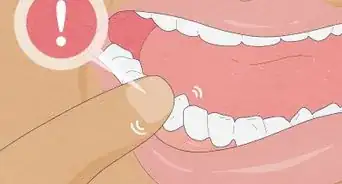
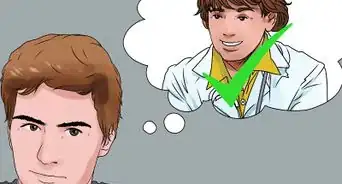
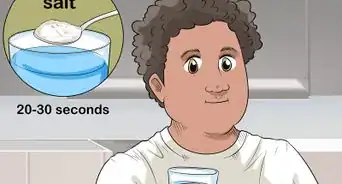
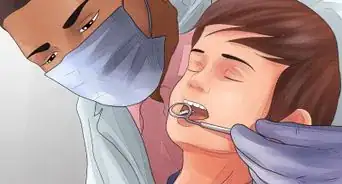
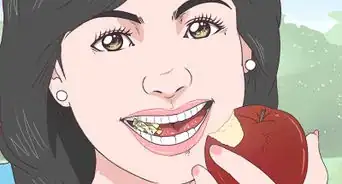
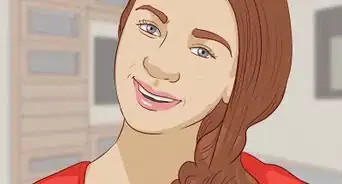












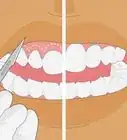



































Medical Disclaimer
The content of this article is not intended to be a substitute for professional medical advice, examination, diagnosis, or treatment. You should always contact your doctor or other qualified healthcare professional before starting, changing, or stopping any kind of health treatment.
Read More...